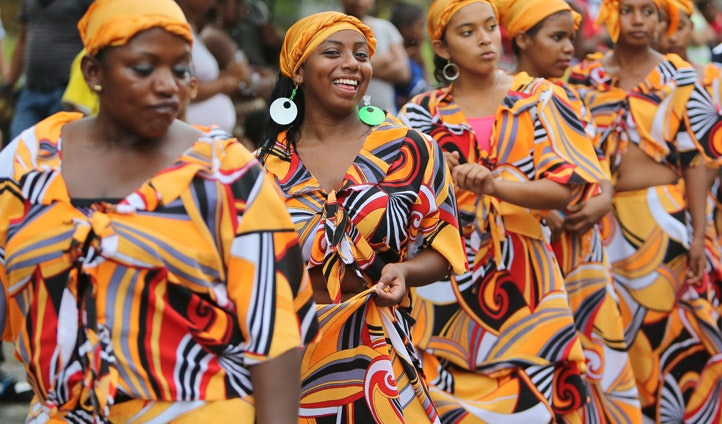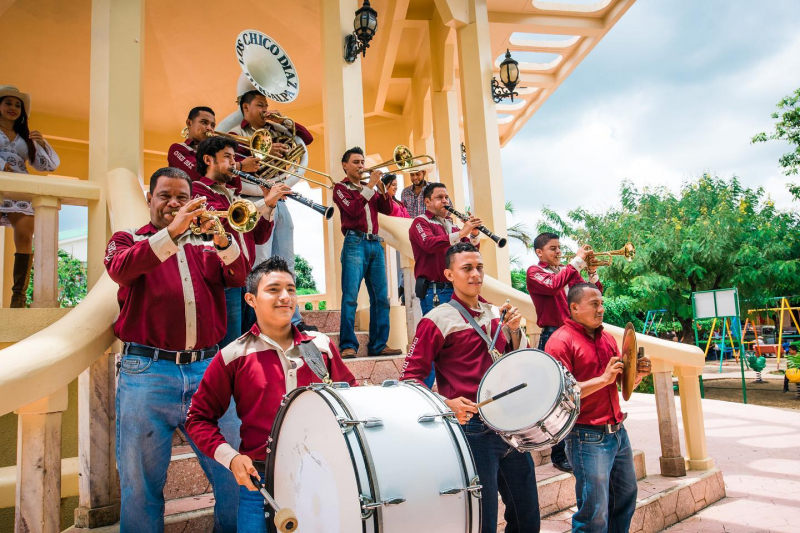Music
The modern Nicaraguan music style is a synthesis of indigenous, European, and Spanish influences. The musical instruments include the common marimba as well as others found throughout Central America. Africa has had an impact on the country's Caribbean coast. Pacific - A fusion of indigenous and Spanish culture, resulting in a diverse range of music and dance with flutes and drums accompanied by dancers dressed in Spanish garb, demonstrating the cultural duality.
Masaya - The cultural feature here is referred to by the Latin American term'mestizaje,' or cultural mixing. Dances are expressed through soft movements, with guitars strummed lightly in the background and the national folklore instrument, the wooden marimaba, painting a picture of a man and woman dancing. North/Central - The European heritage brought by the descendants of Spaniards and Germans is prominent in this region. The 'polcas' and'mazurcas' are two types of dances.
Caribbean - While African culture plays an important role in this region, influencing both music and dance, the indigenous tribes' contributions should not be overlooked. The 'palo de mayo,' created in Bluefields, is an energetic dance that emphasizes the role of the body with sensual movements. n music styles, as well as indigenous styles. The most popular type of dance is called "palo de mayo," and it is a particularly loud and energetic style. The North and Central regions are mostly European-influenced, with popular dances such as the "mazurcas." The Masaya and Pacific regions have also been influenced equally.








